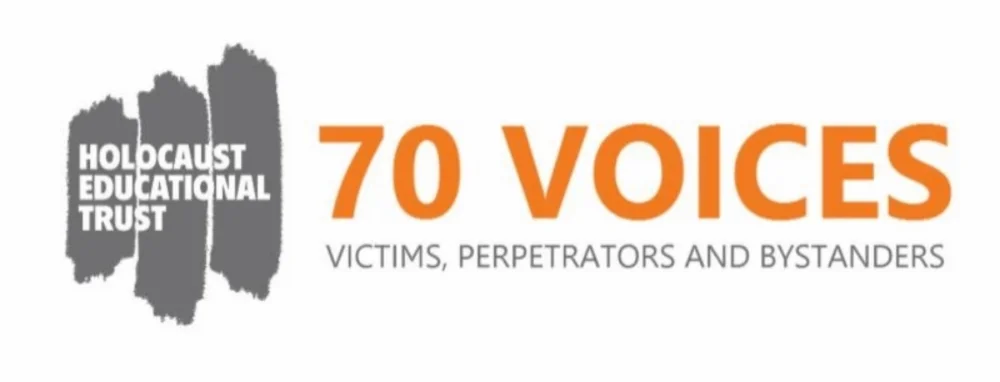The destruction of Jewish communities typically began in towns and cities with the separation of the population into those designated for murder and those chosen for work. In November 1941, a few thousand Jewish men of working age were ordered into a fenced-off section of the Riga Ghetto, leaving behind the other 25,000 inhabitants. One of the men was Elik Rivosh who recalled spending a last night with his wife Alya and his young children Dima and Lida.
The alarm clock calmly ticks away, its hands unmercifully tracing their path. The hours pass. My shirt has grown wet where Alya is resting her head on my shoulder. Heavy, silent tears. What is happening in her soul, what is happening in the souls of thousands of women, no one knows; indeed it is impossible for the words to convey. And the alarm clock continues to tick...
Our little girl is sleeping, lying on her tummy; her rosy heel is sticking out from under the blanket. I lean over and tickle her heel with my moustache; her little foot disappears under the blanket. I hugged Dima so very tight. But he did not cry out. What will happen to him? What will they do with him? Why? For what? Hatred, despair, and hope blend into one lump that chokes and squeezes my throat. Our greatest suffering comes not from our own pain but from that of our closest friends and loved ones.
The 25,000 Jews, including Alya, Dima and Lida, were marched in two waves – on 30 November and 8 December 1941 – on foot to Rumbula forest outside Riga where all of them were shot. The memorial that stands at Rumbula today is shown in the photograph. Elik Rivosh was murdered in 1942.
Photo: memorial, Rumbula; Holocaust Educational Trust
Testimony: Ilya Ehrenburg & Vasily Grossman, The Complete Black Book of Russian Jewry, ed. David Patterson (Transaction, 2003)

